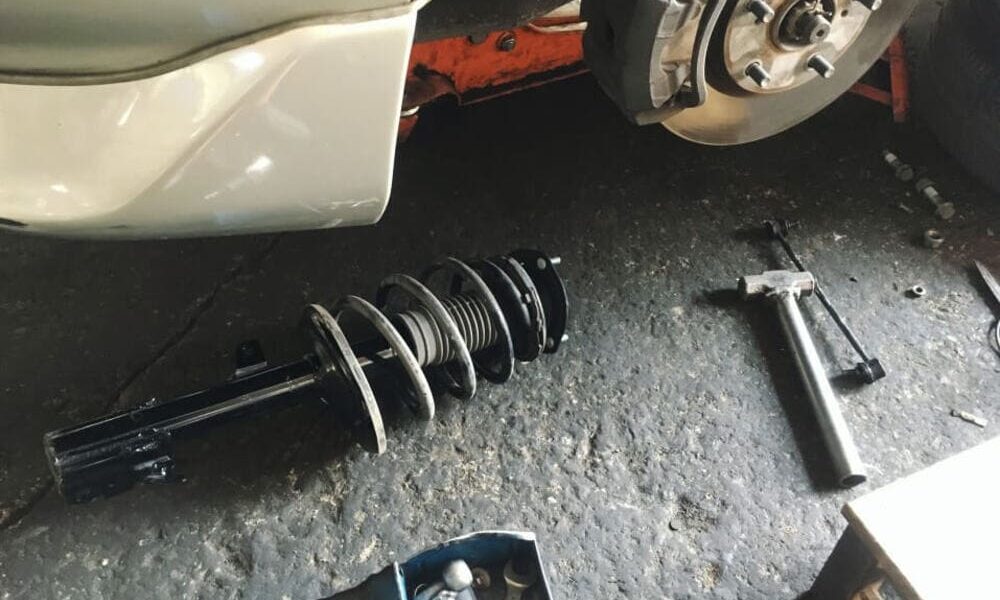
Shocks and struts serve similar purposes but differ slightly. Shocks, or shock absorbers, stop your car from bouncing by dampening vertical forces. Meanwhile, struts dampen these vertical forces and consist of springs that support the car’s weight and function as part of the car’s suspension. Your car will have either a strut or shock absorber at each wheel, and each of these deteriorates over time with use, leading to a less comfortable drive and more. Here are the hallmark signs of worn shocks and struts so you can track their health.
Uneven Tire Wear
As you drive on poor shocks and struts, there are characteristic consequences to your tire wear. Your tires work best when they maintain contact with the road. With shocks and struts that lead to significant degrees of vertical motion, your tires slightly lift off the ground when your car bounces up and lose contact with the road. Over the course of a car ride, your tires cannot inconsistently grip the road and wear unevenly. After months of driving like this, your tires will begin to show cupped wear patterns, with concave, scoop-like indents in the tire at some points and little wear at others. This threatens your tires’ functionality, risking a blowout and costly repairs.
Your Car Dips When Turning or Breaking
Also, another sign of worn shocks and struts is excessive dipping when you turn or brake. Because the hydraulic function of your struts and shocks loses effectiveness, their ability to dampen vertical forces (like when hitting a pothole) lessens.
Stopping Takes Longer
As your car bounces more with poor struts and shocks, it takes longer to stop overall when you brake. This, like uneven tire wear, is due to your tires’ inconsistent contact with the road. The frictional forces between the road and your tires is less and increases your stopping distance, lengthening the time it takes for you to reach a complete stop. This hampers your evasive maneuvering in a pinch.
Your Ride Feels Uncomfortably Bouncy
Finally, drivers have an intuitive sense of how their car rides, and worn shocks and struts makes your ride simply feel more uncomfortable. You increasingly bounce up and down as your shocks or struts struggle to stabilize your car. As a passenger, you may even notice carsickness from your discomfort.
Courtesy of autolablibertyville










